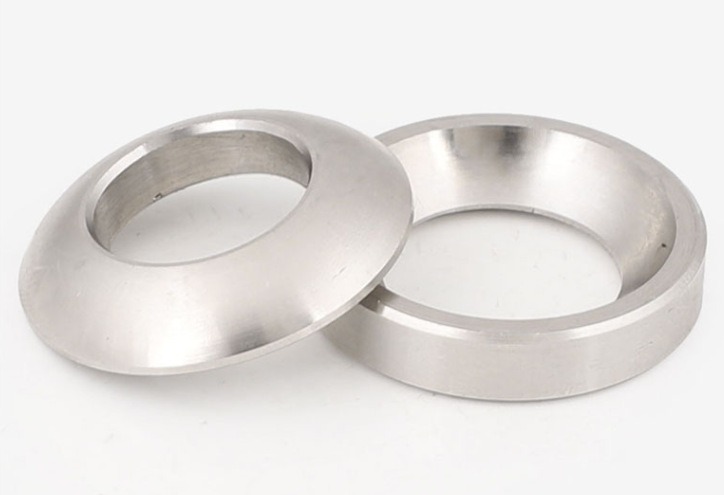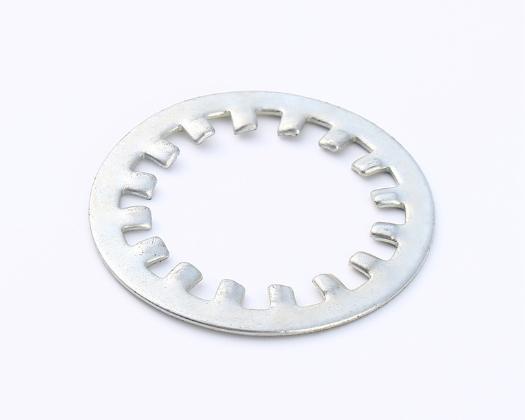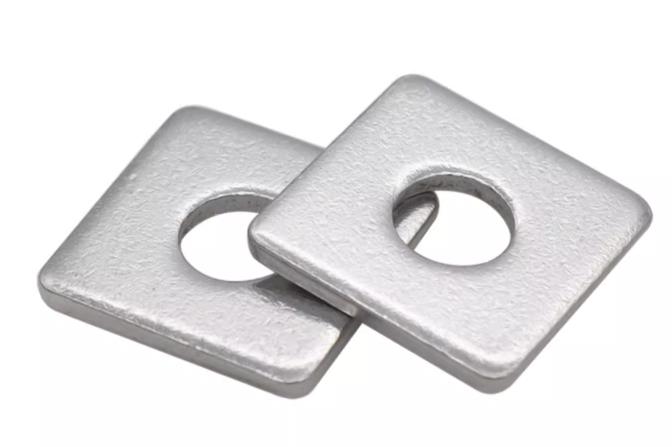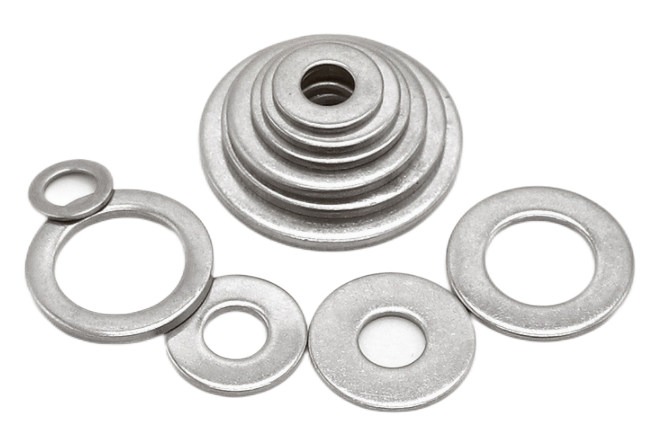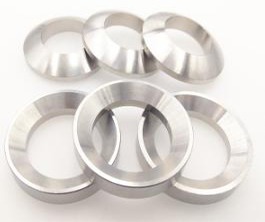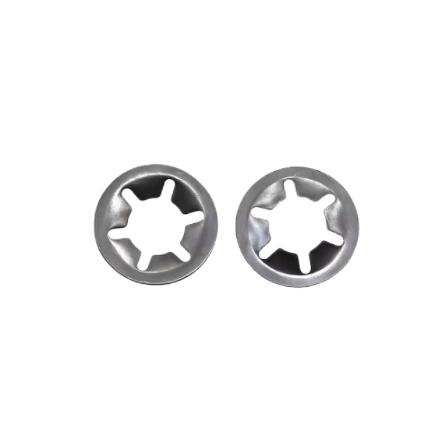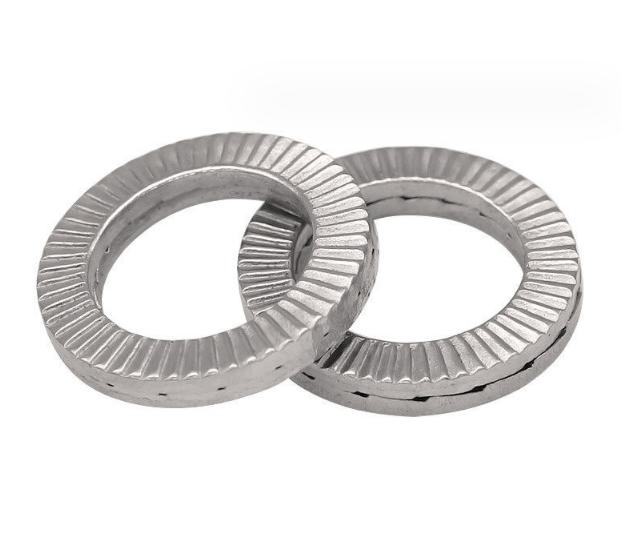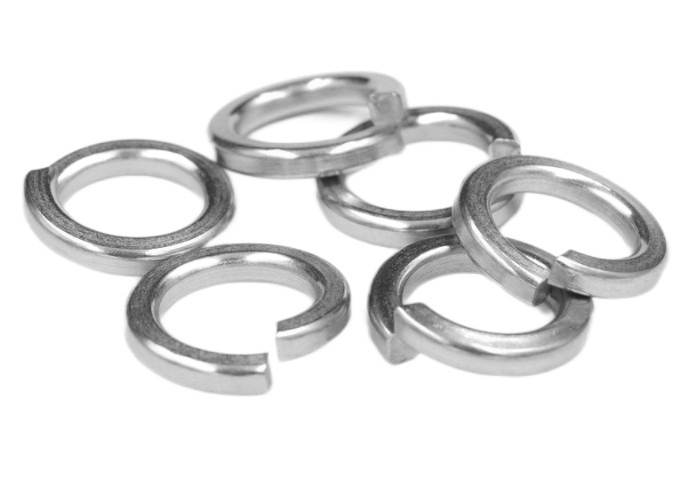Wave Washers: Small Parts, Big Impact on ElectricMotor Performance
Electric motors are the workhorses of modern machinery, powering everything from home appliances to industrial equipment. While the core function of an electric motor seems straightforward, its smooth operation relies on a delicate balance between various components. One such, often underestimated, component is the wave washer. Despite their small size, wave washers play a crucial role in maintaining optimal performance and longevity of electric motors.
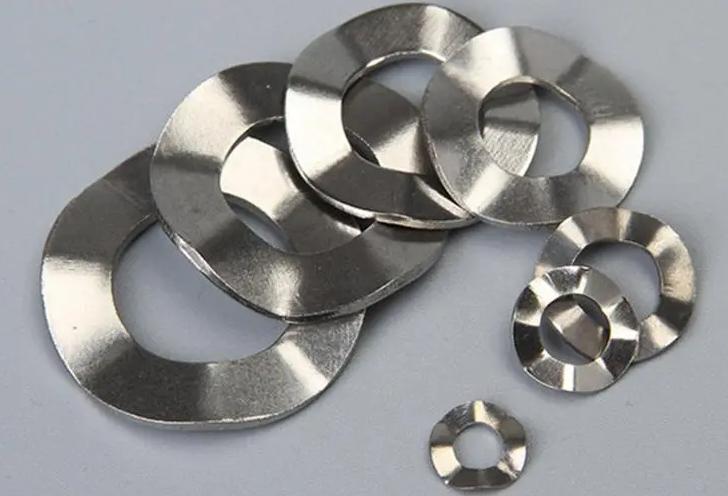
Understanding Wave Washers
Wave washers, also known as spring washers or Belleville washers, are disc-shaped metal components with a wavy profile. This unique design allows them to function as both a spring and a washer. The wave washer’s flexibility enables it to absorb vibrations and distribute load evenly, while its washer function prevents loosening of other components due to applied pressure. Wave washers are typically made from materials such as stainless steel, spring steel, or other alloys, chosen for their resilience and durability.
Wave Washers in Electric Motors
In electric motors, wave washers serve multiple functions essential for optimal performance. One of their primary roles is to mitigate vibrations and oscillations generated during motor operation. By absorbing and dampening these vibrations, wave washers help maintain the stability of the motor assembly, reducing wear and tear on components and enhancing overall efficiency.
The Impact on Motor Stability
The impact of wave washers in electric motors is multifaceted, with significant contributions to performance, stability, reliability, and efficiency. Here are some key impacts:
- Vibration Dampening: One of the primary functions of wave washers in electric motors is to absorb and dampen vibrations generated during operation. Motors inherently produce vibrations due to the rotation of components such as rotors, shafts, and gears. Excessive vibrations can lead to noise, reduced performance, and premature wear of components. Wave washers help mitigate these vibrations by acting as shock absorbers, thereby improving motor stability and reducing noise levels.
- Maintaining Tension and Alignment: Wave washers play a crucial role in maintaining proper tension and alignment within the motor assembly. They exert a constant axial load, ensuring that critical components such as bearings, shafts, and gears remain securely in place. By preventing misalignment or displacement, wave washers help optimize the performance and longevity of electric motors.
- Enhanced Stability: By reducing vibrations and maintaining tension, wave washers contribute to overall motor stability. A stable motor assembly is essential for smooth and reliable operation, especially in applications where precision and consistency are paramount. Wave washers help minimize the risk of mechanical resonance and instability, resulting in improved performance and operational efficiency.
- Reduced Wear and Tear: The damping effect of wave washers helps reduce the impact of shocks and vibrations on motor components, leading to decreased wear and tear. By absorbing and dissipating energy, wave washers prolong the service life of bearings, shafts, and other critical parts, thereby reducing maintenance requirements and downtime.
- Optimized Efficiency: Electric motors equipped with properly functioning wave washers can operate more efficiently. By minimizing vibrations and maintaining optimal alignment, wave washers help reduce friction and energy losses within the motor assembly. This improved efficiency translates to lower energy consumption, reduced operating costs, and increased overall productivity.
- Reliability: Wave washers contribute to the overall reliability of electric motors by ensuring consistent performance under varying operating conditions. By stabilizing the motor assembly and preventing component displacement, wave washers help mitigate the risk of malfunctions or breakdowns. This enhanced reliability is crucial in applications where downtime can result in significant financial losses or safety hazards.
In summary, the impact of wave washers in electric motors extends far beyond their small size. These seemingly minor components play a critical role in enhancing performance, stability, reliability, and efficiency, ultimately contributing to the smooth and reliable operation of electric motors across various industries and applications.
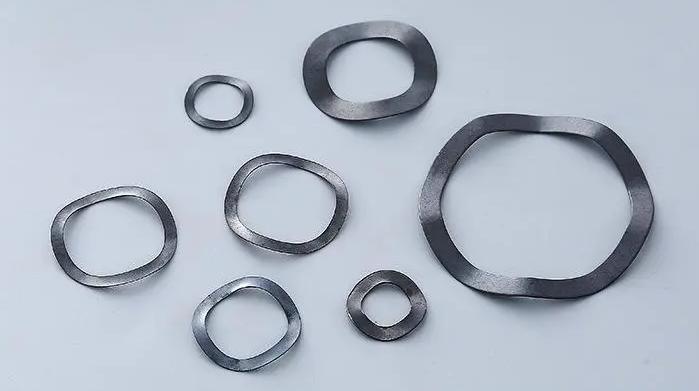
The Specific Uses in Electric Motors
Wave washers can be found at various critical locations within electric motors, each serving specific functions to enhance performance, stability, and reliability. Here are some common locations where wave washers are typically used:
- Between Bearings and Housings: Wave washers are often placed between bearings and their housing surfaces within electric motors. They help maintain proper axial preload on the bearings, ensuring consistent contact and minimizing internal clearance. This enhances bearing stability and reduces the risk of play or vibration, promoting smooth and reliable motor operation.
- On Shafts and Spindles: Wave washers may be installed on shafts or spindles within the motor assembly to manage axial loads and maintain tension between components. By exerting a constant compressive force, they prevent axial movement or play, ensuring precise alignment and reducing wear on mating surfaces.
- Around Rotors or Armatures: In certain motor designs, wave washers are positioned around rotors or armatures to provide cushioning and damping of vibrations. They absorb shocks and vibrations generated during rotation, reducing noise levels and minimizing the risk of mechanical stress or fatigue on the rotor assembly.
- Between Gears and Shafts: Wave washers are commonly used between gears and shafts in gear-driven electric motors. They act as spacers or preload elements, ensuring proper meshing and alignment of gears while absorbing axial play and minimizing backlash. This promotes smooth power transmission and reduces the risk of gear tooth damage or wear.
- Within Couplings and Connectors: In motor systems equipped with couplings or connectors, wave washers may be employed to provide flexibility and compensate for misalignment or axial movement. They act as compliant elements, allowing for slight deflection or angular displacement while maintaining consistent contact pressure between mating surfaces.
- In Motor Mounting and Assembly: Wave washers are utilized in motor mounting and assembly processes to ensure proper alignment and secure fastening of motor components. They help distribute load evenly and compensate for variations in surface flatness or irregularities, minimizing stress concentrations and preventing loosening or misalignment over time.
- Around Bearing Retainers: In applications where bearings are retained using spring-loaded mechanisms, wave washers may be installed around bearing retainers to provide additional preload and ensure retention under dynamic operating conditions. They help maintain constant contact pressure on the bearings, preventing slippage or disengagement during motor operation.
By strategically placing wave washers at these critical locations within electric motors, engineers can optimize performance, stability, and reliability across a wide range of motor designs and applications. Each placement serves to address specific challenges related to axial preload, vibration control, alignment, and mechanical integrity, contributing to efficient and trouble-free motor operation.
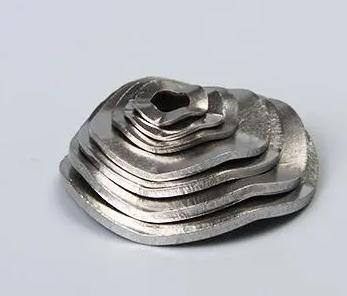
How to maximize the performance benefits of wave washers in Motors?
Maximizing the performance benefits of wave washers in motors involves several key considerations and strategies aimed at optimizing their functionality and effectiveness. Here are some steps to maximize the performance benefits of wave washers in motors:
- Select the Right Type of Wave Washer: Choose wave washers that are specifically designed for the intended application and operating conditions of the motor. Consider factors such as material composition, size, shape, and wave profile to ensure compatibility with the requirements of the motor assembly.
- Proper Installation: Ensure wave washers are installed correctly and securely within the motor assembly, following manufacturer guidelines and recommended torque specifications. Pay attention to orientation and alignment to ensure optimal performance. Improper installation can lead to reduced effectiveness and premature failure of wave washers.
- Optimize Preload: Adjust the preload applied by the wave washers to achieve the desired level of tension and compression within the motor assembly. Proper preload helps maintain consistent contact pressure between mating surfaces, minimizing play, and ensuring stable operation. Use preload calculation methods or consult engineering guidelines to determine the appropriate preload for your specific application.
- Consider Material Selection: Choose wave washers made from materials that offer the necessary mechanical properties for the intended application. Factors such as corrosion resistance, fatigue strength, and temperature tolerance should be considered based on the operating environment and performance requirements of the motor.
- Monitor and Maintain: Incorporate regular inspections and maintenance protocols to monitor the condition of wave washers and other motor components. Check for signs of wear, fatigue, or deformation, and replace worn or damaged wave washers promptly to prevent performance degradation or potential system failures.
- Optimize Design and Configuration: Evaluate the design and configuration of the motor assembly to ensure that wave washers are positioned effectively to address specific challenges such as vibration control, axial load management, and thermal expansion compensation. Consider factors such as spacing, orientation, and stacking arrangements to maximize their performance benefits.
- Performance Testing and Analysis: Conduct periodic performance testing and analysis to assess the effectiveness of wave washers in mitigating vibrations, maintaining tension, and optimizing motor stability. Use vibration analysis tools, load measurement devices, and other diagnostic techniques to evaluate performance and identify areas for improvement.
- Continuous Improvement: Continuously seek opportunities for improvement and optimization in wave washer design, selection, and application. Stay informed about advancements in materials, manufacturing techniques, and engineering practices to leverage the latest innovations and technologies for enhancing motor performance.
By following these steps and implementing best practices, engineers and manufacturers can maximize the performance benefits of wave washers in motors, ensuring smooth and reliable operation across various applications and industries.
Conclusion
Wave washers may be small in size, but they play a significant role in the smooth operation and lifespan of electric motors. By understanding their function, material selection, and design considerations, engineers can ensure optimal performance and minimize maintenance requirements in their electric motor applications. If you want to customize wave washers, please feel free to contact KENENG.

